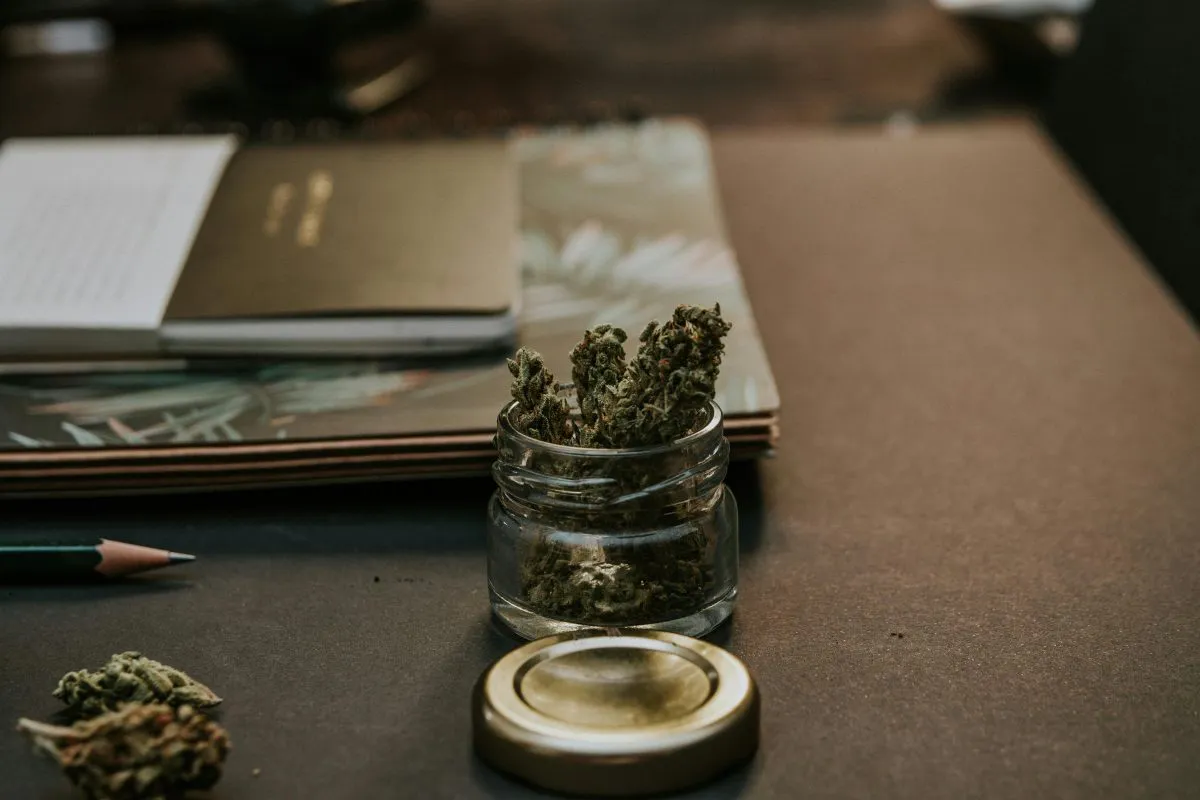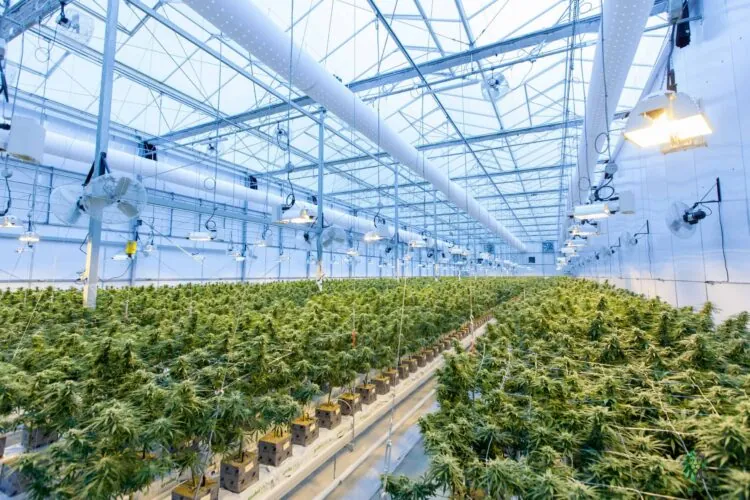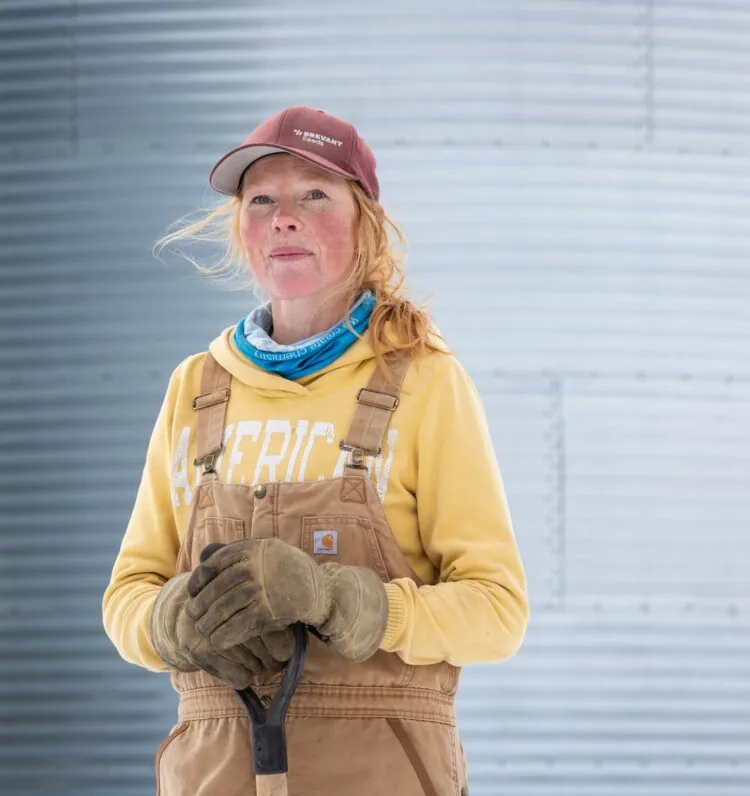2025 Cannabis regulatory updates: The omnibus edition

March was a busy month for cannabis regulatory updates in Canada. In addition to a variety of reports and policy guidance published by Health Canada, the Regulations amending certain regulations concerning cannabis (streamlining of requirements) and the Order Amending Schedule 2 to the Cannabis Act came into force on March 12, 2025, amending the Cannabis Act (Canada) (the “Cannabis Act”) and Cannabis Regulations (Canada) (the “Cannabis Regulations”). The Order Amending the Cannabis Tracking System Order (Cultivation Waste) subsequently came into force on April 1, 2025 (collectively, the “Amendments”).
These Amendments were largely responsive to long standing industry concerns and provided some much needed regulatory relief to federal licence holders (“LPs”), while maintaining the Cannabis Act’s public health and public safety objectives. A summary of the most relevant updates is set out below.
Adverse reaction summary reporting
On March 4, 2025, Health Canada provided clarification on adverse reaction reporting requirements for various LPs. Specifically, Section 248.1(1)(b) of the Cannabis Regulations requires LPs that sell or distribute cannabis products prepare an adverse reaction summary report on an annual basis, providing details on all known adverse reaction information for their cannabis products for the previous 12 calendar months. This report must be maintained by the LP for at least 25 years after it is prepared and must be kept on site or be easily accessible for Health Canada during an inspection.
Health Canada recommends that LPs should have their annual summary reports prepared within 70 calendar days of the end of the calendar year, being March 11. However, LPs are not required to file their annual reports unless requested by Health Canada or unless the LP wishes to voluntarily file their annual report. If Health Canada requests a copy of one or more annual reports (or provide an interim summary for the current year), LPs should provide the requested documents within 30 calendar days of the request unless otherwise specified by Health Canada.
LPs conducting non-therapeutic research on cannabis (“NTRC”) studies are not required to prepare an annual summary report. However, the NRTC licences may require the submission of a summary report of all adverse reactions observed during the applicable study under certain situations. An interim study summary report of all adverse reactions may also be required where a study is ongoing for a period greater than 12 months. In each case, these reports would need to be provided to Health Canada within 70 calendar days of study completion.
Adverse reaction updates
On March 4, 2025, Health Canada also published its 2023 report on cannabis adverse reaction data (the “AR Report”). In summary, the AR Report indicates that Health Canada received 128 adverse reaction reports (including duplicates) associated with cannabis in 2023. Out of the 128 reports, only 56 were unique cases associated with legal cannabis products. Of the 56 cases involving legal cannabis products:
- 45% involved females and 39% involved males
- 59% involved cannabis used for medical purposes (self-reported)
- 64% involved cannabis extracts
- 27% of cases involved adults aged 18 to 44 years
- 52% of cases were reported as serious, with other (medically important condition) as the most frequently reported reason for seriousness
207 adverse events reported across the 56 unique cases were assessed for causality; 96 were deemed to be certainly, probably or possibly related to the suspect cannabis product(s).
Notably, there were no suspected cases of vaping-associated lung injury in the AR Report.
Most findings remained consistent from 2022 to 2023, provided that some noteworthy changes occurred including: (1) a decrease in the total number of cases (serious and non-serious); and (2) a shift in some of the reasons for seriousness being selected by reporters.
The Amendments
A summary of the most relevant regulatory changes contemplated in the Amendments is set out below.
- Non-human and Non-animal research requirements. In certain cases, a research licence is no longer required to possess up to 30 grams of dried cannabis or its equivalent for non-human and non-animal cannabis research, if the research meets the requirements of Section 28.01 of the Cannabis Regulations. While this will have less of an effect on the research activities of LPs, it does significantly expand the ability of non-LPs (such as individual researchers or institutions) to engage in cannabis research activities that may include production.
- Increase to limits of certain licences. The new limits imposed on micro-cultivation, nursery and micro-processing licences are as follows:
- Micro-cultivation: A grow surface area of up to 800 m2for growing cannabis plants is now permitted, up from 200 m2.
- Nursery: A grow surface area of up to 200 m2for growing flowering and budding cannabis plants is now permitted with up to 20 kg of harvested flowering heads at any time, up from 50 m2 and 5 kg, respectively.
- Micro-processing: Possession of up to 2,400 kg of dried cannabis (or its equivalent amount) in a calendar year is now permitted, up from 800 kg.
For smaller LPs, dropping down to a micro licence can result in material cost savings both from a compliance and regulatory fees perspective. If an LP’s activities are now under the threshold for a micro or nursery licence, it can request to change its licence subclass by contacting Health Canada. It’s important to note that if LPs transition from a standard processing licence to a micro-processing licence, LPs are no longer allowed to produce cannabis by synthesis.
- More QAPs allowed. Processing LPs are now allowed to have more than two alternate quality assurance persons (“QAPs”) associated with a licence. More importantly, QAPs are now permitted to delegate activities to non-QAPs while maintaining accountability and overall responsibility for their team. This will allow significant time and cost savings by allowing QAPs to build property quality teams across their organizations and sites.
- Pollen sales. Current LPs can now contact Health Canada to add activities with pollen to their licence. New LPs that obtain cultivation, nursery and research licences following March 12, 2025 are allowed to obtain, sell or distribute cannabis pollen when they receive their licence.
- No consumer information document. LPs no longer need to provide paper copies of the consumer information document when selling recreational cannabis. LPs selling medical cannabis and hospitals are still required to provide the document to registered clients or patients or responsible adults respectively when cannabis is distributed or sold to them.
- Changes to import/export requirements. LPs no longer need to provide Health Canada with: (i) the ports of entry or exit in respect of a shipment; and (ii) the address of customs office for import permits only. These changes codified existing informal permissions granted by Health Canada as a result of the pandemic.
- Contraventions of the Cannabis Fees Order. Health Canada may now suspend any licences for a contravention of the Cannabis Fees Order. This change is likely to provide Health Canada with more tools to tackle fee payment delinquencies and resultant insolvency processes.
- Production of derivatives. LPs can now produce, import, export, sell and process derivatives with exempted plant parts (listed in Schedule 2 to the Cannabis Act) without a licence. However, if LPs wish to isolate or concentrate phytocannabinoids from cannabis stalks, a processing licence will still be required. This change may allow cross sale of cannabis plant material to hemp licensees for use in their processes.
- Presence of security-cleared personnel. LPs are no longer required to have a security-cleared person on-site when LPs are conducting activities with cannabis. LPs are also no longer required to have security-cleared personnel accompany cannabis during off-site antimicrobial treatments (such as irradiation). This allows LPs to greatly reduce the number of security-cleared personnel required which allows them to: (i) save on security clearance application costs (which are material); and (ii) increases the potential workforce available to fill specific roles.
- Changes to physical security measures. Changes for standard cultivation, standard processing, sale for medical purposes with possession of cannabis and some cannabis drug licences include:
- no longer requiring intrusion detection for the site perimeter;
- motion-activated visual recording are now considered sufficient to meet the requirement to retain visual recordings for one year;
- no longer requiring a storage area to be located in an area that meets certain physical security requirements (which allows operations or drying areas to be converted into flexible storage);
- no longer requiring LPs to record and keep a list of people entering and exiting storage areas (however, there is little difference if badge access is still required for entry); and
- exempting operations areas from maintaining some physical security requirements when they don’t have activities with cannabis occurring and when cannabis isn’t present (which allows for more flexible use of facility resources).
In addition, cultivation waste (defined as leaves, shoots or branches obtained during cultivation, propagation or harvesting of cannabis and intended for destruction) can now be stored in operations areas, including outdoor grow areas provided that the requirements of good production practices continue to be met.
- Pre-rolled cannabis. Pre-rolled dried cannabis no longer has a limit of one gram, which will facilitate inclusion of larger format cannabis products (such as cannabis cigars).
- Use of ethyl alcohol. LPs may now use ethyl alcohol (up to 10 mg per activation) in cannabis extracts intended for inhalation, as well as denatured alcohol in cannabis topicals. This change is intended to allow for innovation in areas of metered-dose inhalers and vaping products.
- Packaging and labelling changes. The changes to packaging and labelling requirements are among the most material changes made in the amendments and include now:
-
- allowing the cap and container of a package to be different colours;
- allowing cut-out windows for dried cannabis, fresh cannabis and cannabis seeds;
- allowing transparent packaging for dried cannabis and fresh cannabis;
- allowing images and information on wrappers if required by other legislation;
- allowing co-packing for dried cannabis, fresh cannabis, cannabis extracts, cannabis topicals and edible cannabis provided that (i) all properties of the products inside a co-pack are the same; (ii) co-packs only contain up to 30 g of dried cannabis or its equivalent (provided that THC limits on immediate containers remain the same) and (iii) the packaging date isn’t required on the outermost container label of a co-pack;
- allowing the use of an additional bar code (including a QR code) on all product labels;
- allowing accordion and peel-back labels on containers;
- allowing informational inserts or leaflets to be included with any cannabis product (such as strain cards);
- no longer requiring an equivalency statement;
- no longer requiring the statement that “no expiry date has been determined;”
- changing the required potency information to only mandate total THC and total CBD be stated;
- allowing potency information font to be as large as the health warning message; and
- allowing variance in the packaging date displayed on the label as long as the actual packaging date is no more than seven days before or after the date on the label.
LPs are permitted to continuing use labels displaying actual THC and CBD quantity in bold for one year until March 12, 2026, to allow them to reduce existing label inventory. After March 12, 2026, labels must meet the new requirement provided that LPs may still elect to continue listing the actual THC and CBD quantity or concentration if it is not in bold font. Authorized retailers are permitted to continue selling products with old labels indefinitely.
- Substances applied to cannabis. LPs are no longer required to record the following information about substances applied to cannabis: (i) quantity of the substance; (ii) method of application of the substance and (iii) rationale for use of the substance. All other good production practice reporting requirements in respect of substance use remain.
- Notices of new cannabis product: LPs are no longer required to submit a notice of new cannabis product (“NNCP”) for dried and fresh cannabis products. If LPs have already submitted a NNCP for dried or fresh cannabis product, LPs may begin selling these products immediately. Note that NNCPs must still be submitted for any new cannabis topical, extract or edible products at least 60 calendar days prior to sale.
- Retention of ingredient list: LPs are no longer required to retain a document that contains the list of ingredients for cannabis extracts, cannabis topicals or edible cannabis when selling, distributing or exporting cannabis.
- Destruction of cannabis: Changes to record-keeping requirements for the destruction of cannabis include removing the requirement to: (i) record information for destruction of cultivation waste (defined as leaves, shoots or branches obtained during cultivation, propagation or harvesting of cannabis and intended for destruction); (ii) record the address and method of destruction for all other cannabis and (iii) record the weight of destroyed cannabis plants. Instead, LPs will only be required to record the number of cannabis plants destroyed. Additionally, there is no longer a requirement for a witness to destruction of cultivation waste and only one employee (who does not need security clearance) needs to witness the destruction of all other waste. These changes will materially simplify the destruction process and significantly reduce the cost of each event.
- Monthly cannabis tracking system reporting: Effective April 1, 2025, LPs are no longer required to report on plant trimmings (cultivation waste) for whole cannabis plants and vegetative cannabis plants in their monthly CTS reports. In addition, the unit of measurement for unpackaged seeds in CTS reports will change from the weight of seeds to the count of seeds.
- Annual promotion report: LPs are no longer required to submit and keep an annual report of promotional expenses. However, LPs still need to keep a sample or copy of any promotional materials for at least two years after the day on which the promotion ended.
- Key investor reporting: Changes to key investor reporting include: (i) removing requirement to indicate whether any ownership interest or agreement has been or will be assigned to any person in the key investor report and (ii) removing the requirement to submit a key investor report for LPs who are wholly owned by publicly-traded companies
Note that LPs are responsible for updating all internal process, standard operating procedures and regulatory documents to reflect any new changes or processes implemented at their site and will most likely be subject to audit by Health Canada in respect of any such changes on their next inspection.
Updated Cannabis Health Warning Messages
Also on March 12, 2025, Health Canada published the new prescribed Cannabis Health Warning Messages and LPs have 12 months switch over to the new messaging. Anyone authorized to sell or distribute cannabis may continue to sell or distribute existing products labelled with the previous messages indefinitely.
If you have any questions regarding how the Amendments may affect your business, or wish to discuss any opportunities created by the Amendments, please contact the author or any member of MLT Aikins cannabis group.
Note: This article is of a general nature only and is not exhaustive of all possible legal rights or remedies. In addition, laws may change over time and should be interpreted only in the context of particular circumstances such that these materials are not intended to be relied upon or taken as legal advice or opinion. Readers should consult a legal professional for specific advice in any particular situation.


